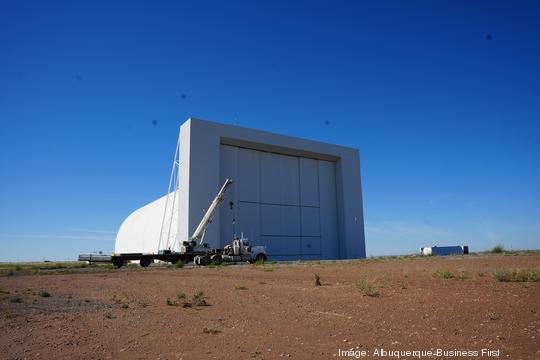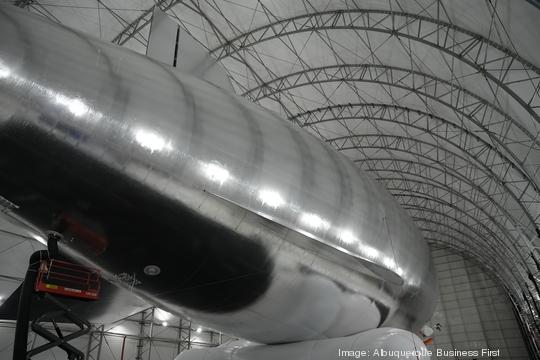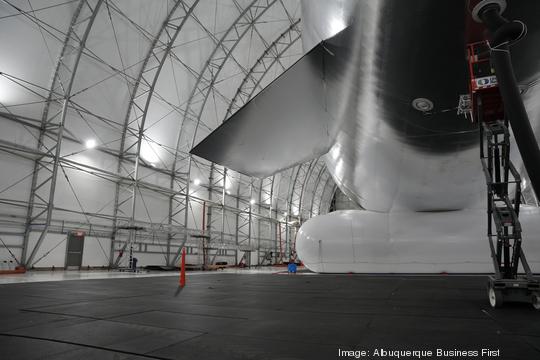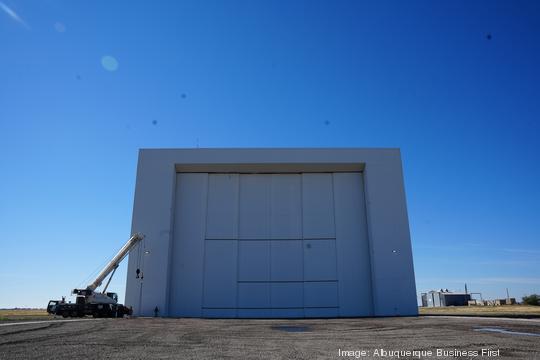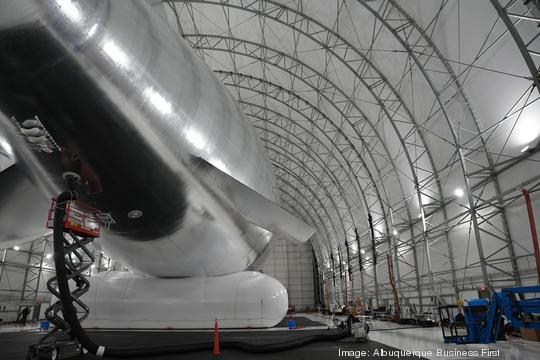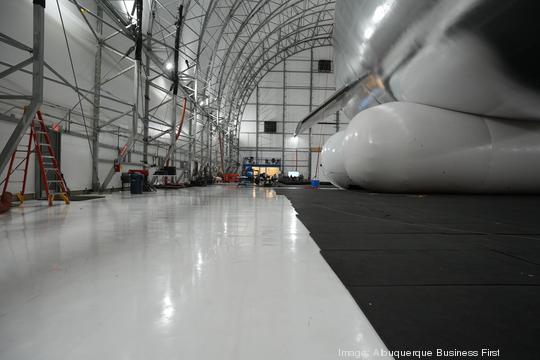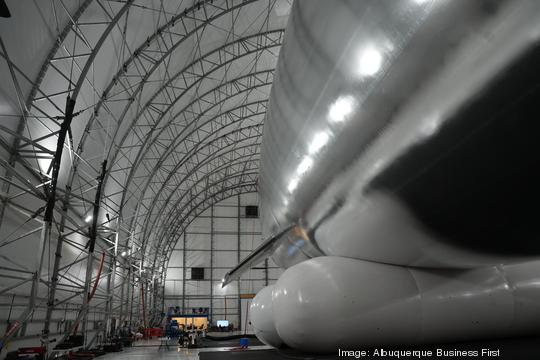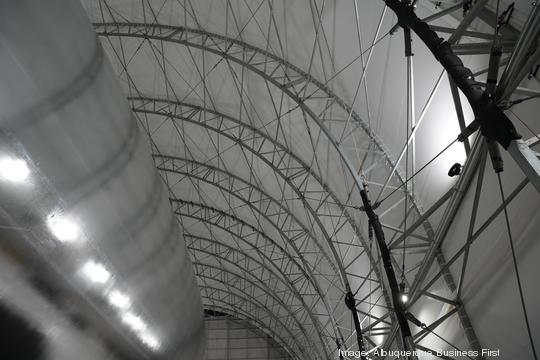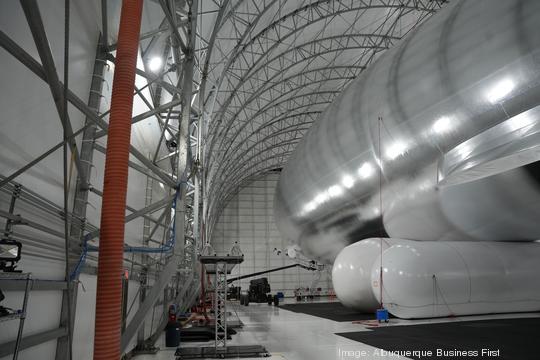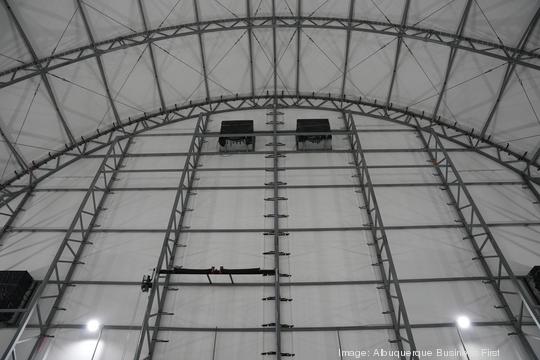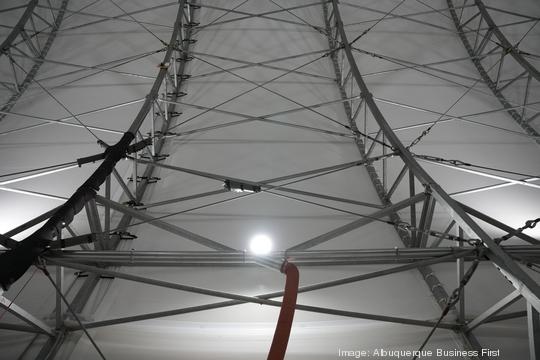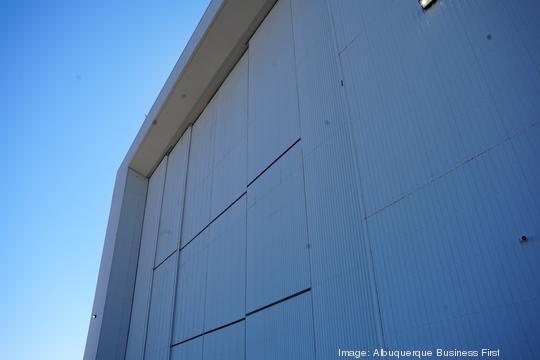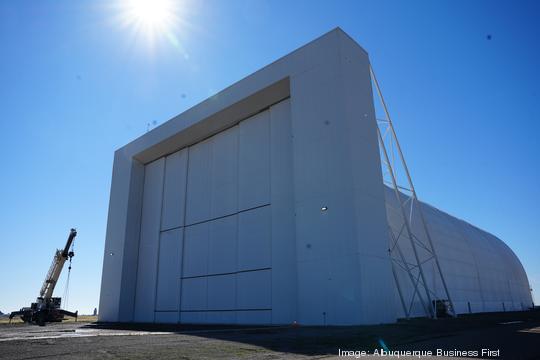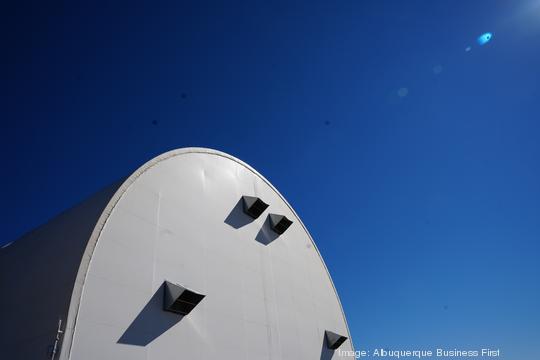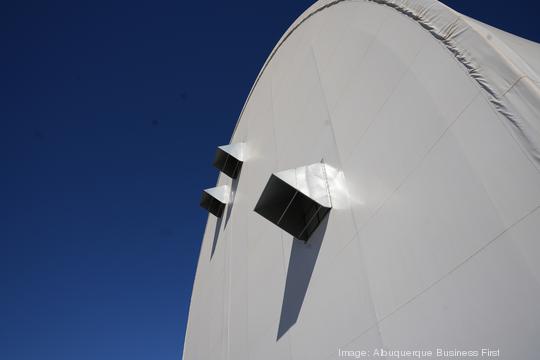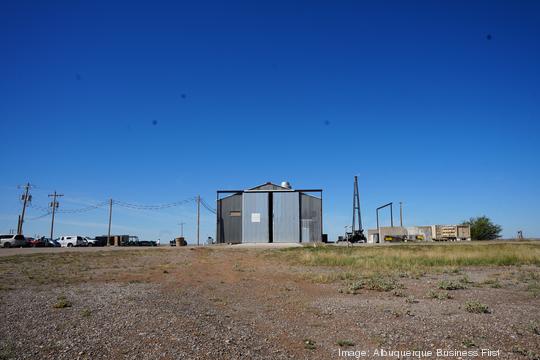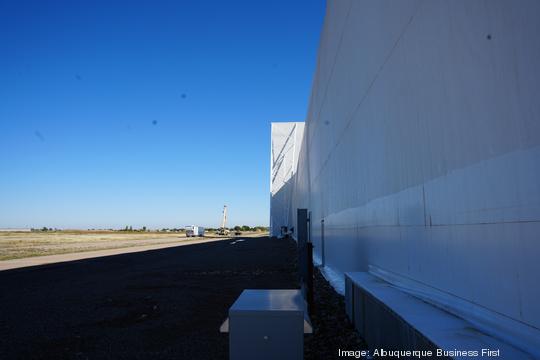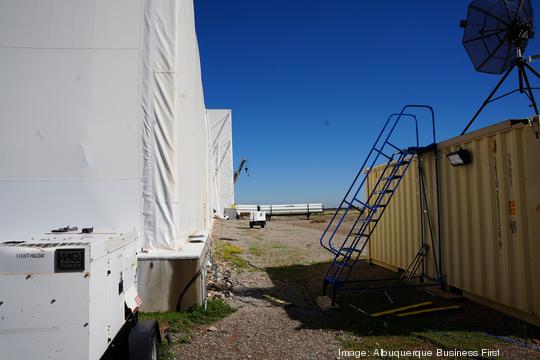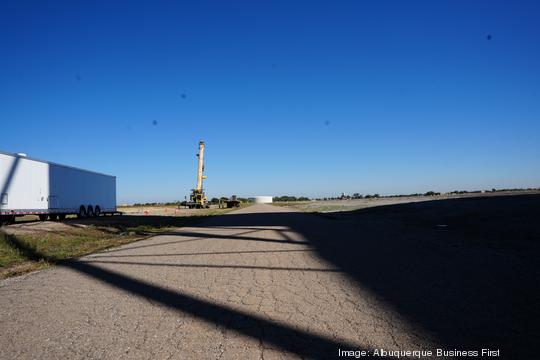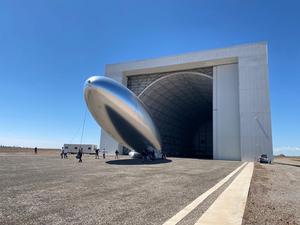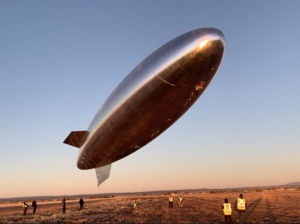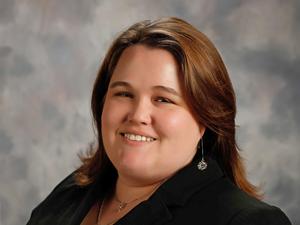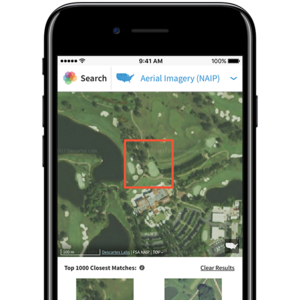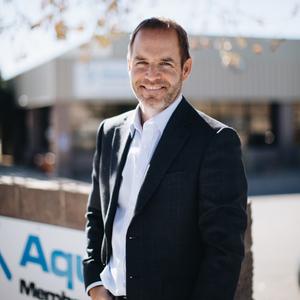— This story has been updated to clarify what the HAPS acronym stands for.
If you were near Roswell this past weekend, you may have noticed a large, oblong-shaped aircraft rising slowly upward.
That wasn't an advertising blimp or a weirdly-shaped balloon. It was a HAPS — a high-altitude platform station. Sceye Inc. wants to use them to track wildfires, monitor greenhouse gas emissions and provide broadband service to remote locations.
Headquartered in Lausanne, Switzerland, Sceye Inc. completed a successful test flight of the HAPS technology from its hangar in Roswell on Oct. 29. This flight was the second time Sceye has tested HAPS' ability to provide air-to-ground cell service from 65,000 feet. The first test came about a year ago.
A team of "cell phone people" on the ground connected to a broadband device attached to HAPS as it hovered in the stratosphere, said Stephanie Luongo, Sceye's chief of mission operations. HAPS acted "like a cell phone tower, but in the sky," Luongo said.
When asked about Saturday's test flight, a spokesperson for Sceye provided the following statement to Albuquerque Business First:
"Among the flight outcomes were the safe, successful testing of vertical launch and ascent, retrieval of important payload data, and the testing of various subsystems that will help the company build the next iteration of its HAPS, and continue to mature its designs."
The flight's success means that Sceye has "more ammo to attract clients for different payloads and different applications," Luongo said.
The company wants to use HAPS for "humanitarian good," said David Kim, the company's chief technology officer. This means not only providing broadband connection to underserved, rural areas, but also tracking wildfires and monitoring greenhouse gas emissions from large industries, Kim said.
HAPS is an 80-meter-long helium-filled stratospheric platform that can hold different payloads, Kim said. He compared HAPS to a flatbed truck in the air, able to carry different payloads like broadband devices, high-powered cameras or emissions-measuring equipment.
Apart from testing broadband connectivity, Luongo said that she and the Sceye team monitored other HAPS systems during the Oct. 29 test. Those systems included HAPS' ability to communicate reliably with the team on the ground while in the stratosphere and its motion during ascent and descent.
"We really want to collect data to design vehicles that are more robust in the future," Luongo said.
Future flights will test different payloads and changes to HAPS' systems, all in preparation for a full rollout with potential future clients, Luongo said.
As opposed to fixed-wing aircraft, which have to be in constant motion to stay in the air, or high-altitude balloons, which are moved around by wind direction, HAPS is geostationary. A ground team controls the HAPS' propulsion system to make sure it stays in the same spot, Kim said.
This allows HAPS to deploy its payloads — which can cover around 27,000 square miles — over specific areas. Sceye has collaborated with the U.S. Environmental Protection Agency and the New Mexico Environment Department and Economic Development Department to use HAPS to monitor and study air quality in the state. It has also partnered with several organizations to provide full broadband connectivity to the Navajo Nation. These are just two potential applications of HAPS' geostationary technology.
Because HAPS operates in the stratosphere, it can take higher resolution ground images and provide more bandwidth than satellites, which allow "observational and quantitative measurements," Kim said. Its hull fabric is ultraviolet and ozone-resistant, it has a dense lithium-sulphur battery and it's covered with a solar cape to capture energy from the sun.
Sceye broke ground on its hangar in Roswell in 2016. After a wind storm destroyed the hangar in 2019, Sceye rebuilt the facility in 2020 and uses it to hold HAPS and execute test flights.
CEO Mikkel Vestergaard Frandsen founded Sceye in 2014. Headquartered in Switzerland, it has an operations facility in Moriarty, New Mexico, alongside its Roswell hangar. It won a sustainability design award this year for the HAPS technology and has received Local Economic Development Act money for expansion from the New Mexico Economic Development Department.
